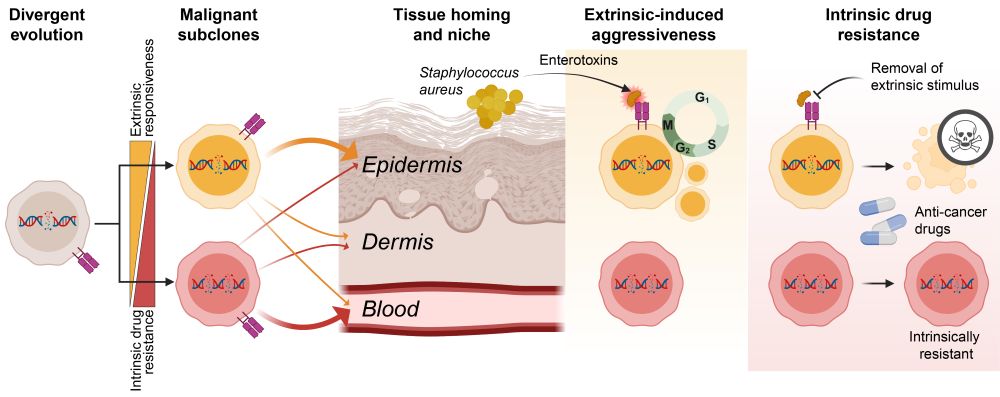Terkild Brink Buus
@terkild.bsky.social
2.3K followers
280 following
65 posts
Assistant Professor intrigued by skin immunology, T cell lymphoma, S. aureus-T cell interactions and single-cell analyses at University of Copenhagen @ucph.bsky.social
Posts
Media
Videos
Starter Packs
Pinned
Reposted by Terkild Brink Buus
Reposted by Terkild Brink Buus
Terkild Brink Buus
@terkild.bsky.social
· Jun 19
Divergent Evolution of Malignant Subclones Maintains a Balance Between Induced Aggressiveness and Intrinsic Drug Resistance in T Cell Cancer
Abstract. Evolution and outgrowth of drug-resistant cancer cells is a common cause of treatment failure. Patients with leukemic cutaneous T-cell lymphoma (L-CTCL) have a poor prognosis due to developm...
doi.org
Reposted by Terkild Brink Buus











